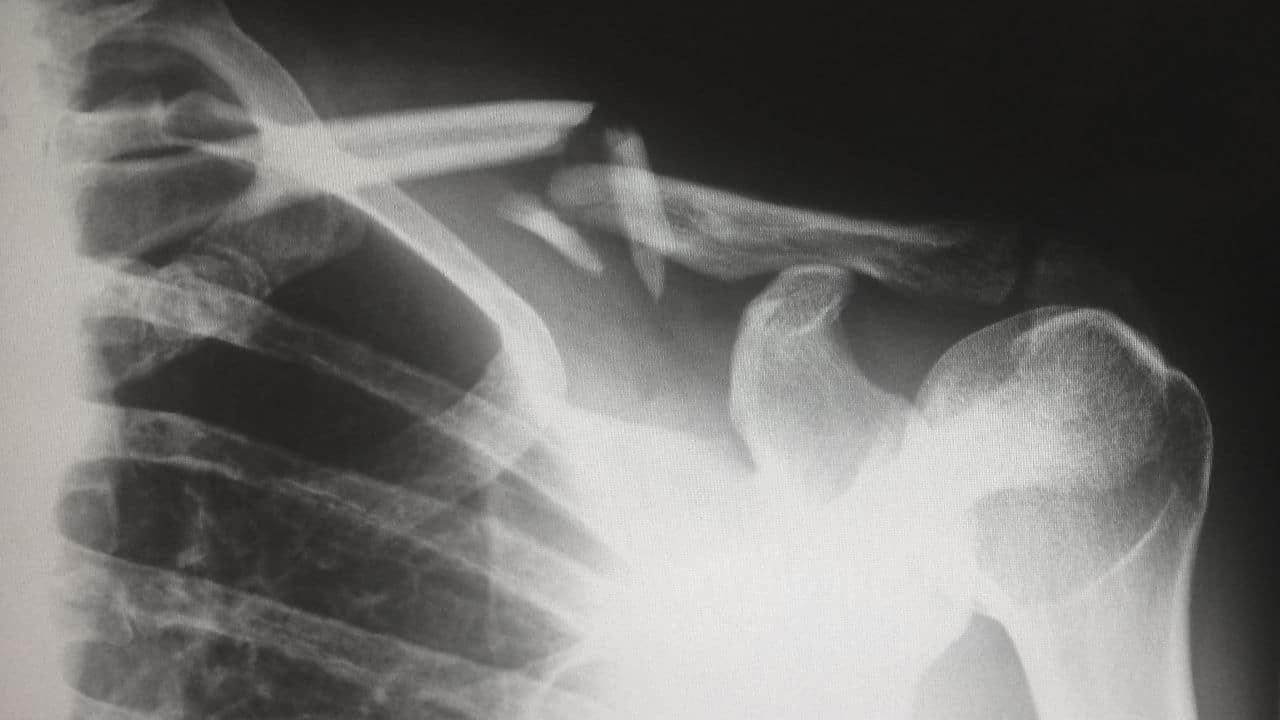Exhibits are defined as documents or objects that will help the jury understand what a witness is talking about. Simply put, they are essentially the physical objects presented to the court as evidence in favor of your claim. Hence, medical trial exhibits are the physical objects and documents presented as evidence to a jury in a medical trial. They can include a document, an anatomical model, or a photo.
Medical trial exhibits, like other exhibits, are marked with letters or numbers, and there is no limit to the number of exhibits that can be presented in a case.
Medical Trial Exhibits That Can Be Used In A Court Case
- Photographs
Attorneys can employ photographs as part of their visual strategies as they have a significant effect on a medical trial. Like it is often said, a picture is worth more than a thousand words. Some patients in the hospital go as far as consenting to the services of medical photographers who would record essential aspects of every procedure they are going through. This is because medical photography can play a major role in patient education and at trial. According to an article by Illingworth Research Group, “medical photography is primarily used to record detailed and accurate images to assist clinicians in diagnosis and monitoring of patient conditions, disease, and progress.” The photographs taken during diagnoses and treatments can serve as exhibits before the court in a medical trial.
- Medical report and records
The significance of medical reports and records in a medical trial cannot be overemphasized, and it’s not limited to personal injuries. This is where the diagnoses and the cause of the incident are written. It must be issued by qualified medical personnel recognized by law. Thomas (2009), in his article, Medical Records and Issues in Negligence, stated that “the legal system relies mainly on documentary evidence in a situation where the patient alleges medical negligence….” He further explained that “medical records include a variety of documentation of a patient’s history, clinical findings, diagnostic test results, pre-operative care, operation notes, post-operative care, and daily notes of a patient’s progress and medications.”

- Videos
Videos can also have a profound effect on a medical case. It is not in every case that videos of specific events would be available. However, when it is available, it must not be ignored. Videos can be gotten from CCTV cameras, eyewitness’ phones, or a medical photographer.
- Medical animations
Medical animation is a type of trial animation, and it can be created with the help of a medical illustrator. They are medical legal illustrations that help simplify medical facts to the jury. The difference between medical animation and other exhibits is that while other exhibits give credence to a fact, medical animation is used to explain the fact. Therefore, in passing across complex medical explanations, medical animation helps to simplify the process. It assists in transforming abstract concepts into concrete terms. According to an article titled Seeing is Believing: The Benefits of Forensic Animation, it was stated that “in medical malpractice cases, computer-aided animation or medically demonstrative technology is used to explain medical conditions or injuries.”
- Medical Bills
If a victim of medical malpractice wins a medical case, pecuniary damages will be awarded to the victim hence the need for medical bills. In awarding damages, the court considers the amount of money that has been spent as a result of the injury caused to the victim. Therefore, the receipts of all that was spent for the injury should be presented as exhibits to get fair damages from the defendant before the court.
In conclusion, exhibits should not be used in a vacuum, be it a traumatic brain injury case or a personal injury case. Different exhibits emphasize different angles in a given case. Medical records and reports should be provided to lay a foundation for the case. Then, photos and videos should be provided to portray the case’s facts clearly. Afterward, medical animations should be employed to clarify the complex medical terms. With these, a win can be bagged in a medical trial.






